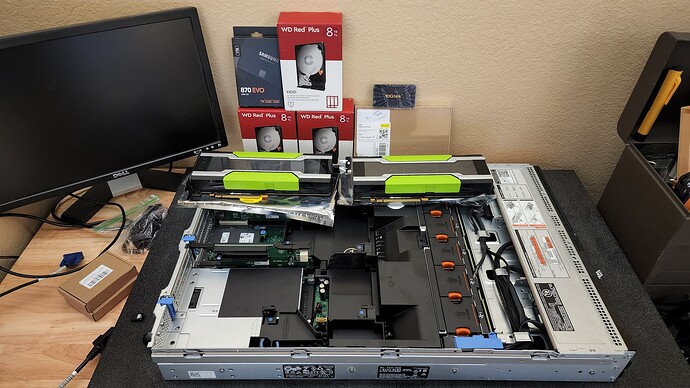I want the best conversational program I can get, but without the nanny minding. AI requires morals and ethics for safety. People are assholes. I understand why a publicly available system has to have the guardrails built in, people are assholes and will try to do really dumb (to the point of dangerous) stuff. But on my own personal system, that will only be used by me, I choose to behave and act according to my morals and ethics, and don’t appreciate having an overbearing, one size fits all, approach forced on me.
The example I give people is, If I want to write a book and one of the characters is cooking meth, and I need a reasonably accurate description of the method. I ask ChatGPT, and I get
I’m not going to make meth, I have no interest in making meth, I just want to know how it’s done.
I picked the Model and size off of a few recommendations I found (reddit, google, so forth). So I’ve got an R720 Dell, with a 2080ti modded to 22gb of Vram. (that’s why I picked 13B) and I want an excellent conversationalist with the mandated guard rails stripped off.
What model would you reccomend for that?
Also, cause I’m a total noob here, I don’t thing openwebui is in the plan (unless it’s baked in somewhere.) I’m basically setting up voice conversational control of Home Assistant.



